Our foundation is 'illegal'!
carterinms
16 years ago
Related Stories
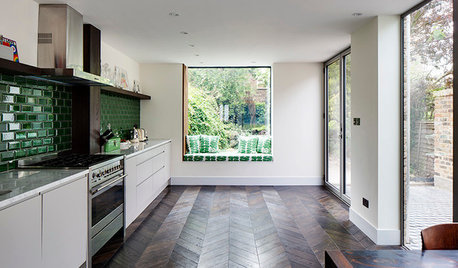
ADDITIONSLight and Personality Fill a Remodeled London Home
Eclectic and heritage elements mix in a clever extension that adds volume without digging into the home’s foundation
Full Story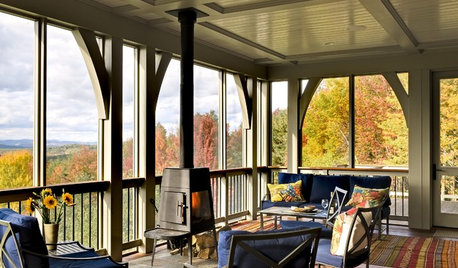
GARDENING AND LANDSCAPINGScreen the Porch for More Living Room (Almost) All Year
Make the Most of Three Seasons With a Personal, Bug-Free Outdoor Oasis
Full Story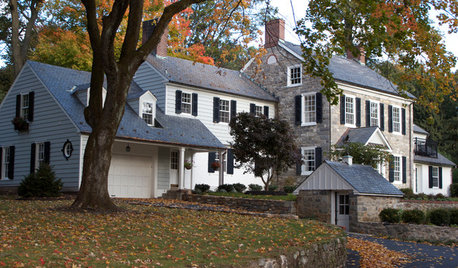
HOUSEKEEPINGIt’s Time to Clean Your Gutters — Here’s How
Follow these steps to care for your gutters so they can continue to protect your house
Full Story
REMODELING GUIDES7 Bad Things Your Home May Be Hiding
What you don't know about your home could cost you during a remodel. Here's what to plan for
Full Story
REMODELING GUIDESDesign Workshop: Is an In-Law Unit Right for Your Property?
ADUs can alleviate suburban sprawl, add rental income for homeowners, create affordable housing and much more
Full Story
REMODELING GUIDESThe Hidden Problems in Old Houses
Before snatching up an old home, get to know what you’re in for by understanding the potential horrors that lurk below the surface
Full Story
SAVING WATER6 Reasons Why You Should Save Your Rainwater Now
Collect and store during the rainy season so you’ll have water ready for irrigation when you need it
Full Story
HOUZZ TVHouzz TV: How to Install a Rain Barrel
This DIY tutorial shows how easy it can be to capture rainwater from your roof to use in your garden later
Full Story
DECORATING GUIDES15 Ways to Get the English Cottage Look
Look to nature, inexpensive fabrics and small swaps to conjure a country-house vibe
Full Story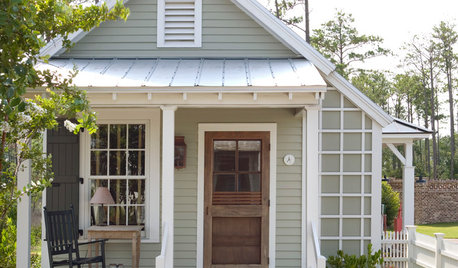
MOVINGHow to Avoid Paying Too Much for a House
Use the power of comps to gauge a home’s affordability and submit the right bid
Full Story




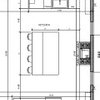

carterinmsOriginal Author
brickeyee
Related Discussions
Illegal? Ran 1/2' pipe for outside hose bib
Q
piers under slab foundation b4 foundation cracks worth it?
Q
I re-landscaped our foundation garden! Now about that H2O...
Q
foundation crack on our new home :(
Q
andyk
carterinmsOriginal Author
hikerjohn
carterinmsOriginal Author
dlynn2
carterinmsOriginal Author
dlynn2
cynandjon
hikerjohn
carterinmsOriginal Author
chapnc
carterinmsOriginal Author
dlynn2
dlynn2
carterinmsOriginal Author
cynandjon
hikerjohn
hikerjohn
hmp2z
dlynn2
carterinmsOriginal Author
dlynn2
hmp2z
terrypy
dlynn2
carterinmsOriginal Author
vancleaveterry
carterinmsOriginal Author
charliedawg
chelone
carterinmsOriginal Author
zion.power
chiroptera_mama
dlynn2
brickeyee
teresamacalmon
carterinmsOriginal Author
andyk
woodswell
andyk
dlynn2
carterinmsOriginal Author
vancleaveterry
stinkytiger
carterinmsOriginal Author
caligirl_cottage
carterinmsOriginal Author
dirtygardener